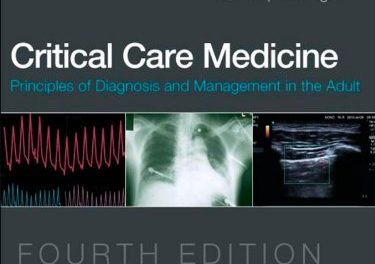 Authors: Lynn S. Bickley and Peter G. Szilagyi
Authors: Lynn S. Bickley and Peter G. Szilagyi
Publisher: Wolters Kluwer | Lippincott Williams & Wilkins – 417 pages
Book Review by: Nano Khilnani
A whole lot of information, with full-color charts, photos, sidebars, sub-heads, tables and other types of illustrations is packed into 20 chapters in this compact, highly practical, useful guide.
This is an amazing, must-have tool for the busy medical practitioner, be he or she an intern, resident, full-fledged physician or specialist in a given area. Easy to carry around in a pocket and store in a locker, there is so much at-a-glance help that it is incredible that so much useful knowledge has been packed into this booklet of over 400 pages.
The new features in this updated (seventh) edition are:
- Current healthcare literature in the form of fully revised, updated content included in it
- Increased evidence-based focus throughout
- Information that closely parallels the full text, Bates’ Guide to Physical Examination and History Taking, 11th edition
- Two-column outline format that delivers fast facts and summarizes both techniques and possible findings
- Colorful, user-friendly pocket-size format for on-the-go access
- Abundant displays and tables
- Online resources: E-book, Image Bank, and select videos from Bates’ Visual Guide to Physical Assessment
In line with this book’s concise layout and quick overview of conditions and problems, we present in brief form as well, the major functionalities of this pocket guide. This book:
- Describes how to interview the patient and take the health history
- Provides an illustrated review of the physical examination
- Reminds students of common, normal, and abnormal physical findings
- Describes special techniques of assessment that students may need in special instances
- Provides succinct aids to interpretation of select findings
How to use this pocket guide? You can:
- Review and remember the content of a health history
- Review and rehearse the techniques of examination. This can be done while learning a single section and again while combining the approaches to several body systems or regions into an integrated examination (see Chapter 1).
- Review common variations of normal and selected abnormalities. Observations are keener and more precise when the examiner knows exactly what to look, listen, and feel for.
- Look up special techniques as the need arises. Maneuvers such as the Timed Get Up and Go test are included in the Special Techniques section in each chapter.
- Look up additional information about possible findings, including abnormalities and standards of normal.
The coverage of this little book is extensive and comprehensive. It is, of course, not intensive in scope; a lengthy text focused on a single body system would accomplish that purpose.
Besides showing you how to interview in taking a history and do physical exam of the patient, it instructs you how to reason clinically, assess, and record your findings. It also explains to you how to do a general survey of the patient’s condition, as well as check for pain and look at vital signs.
Behavior and mental status are also covered in this book. The physical parts of the body this book covers includes: skin, hair and nails; the head and neck; the thorax and lungs; the cardiovascular system; the breasts and axillae; the abdomen; the peripheral vascular system; male genitalia and hernias; female genitalia; the anus, rectum and prostate; the musculoskeletal system; and the nervous system.
With the co-author Dr. Szilagyi being a pediatrician, the book also covers health problems of children from infancy to adolescence. Among its 20 chapters are also those on pregnant women and older adults.
This book in short is: brief, concise, convenient, portable, and most important, very useful. Its two authors have done a marvelous job in compiling, organizing, and presenting the information in a highly intelligent manner.
Lynn S. Bickley, MD, FACP is a clinical professor of internal medicine at the School of Medicine of the University of New Mexico in Albuquerque, New Mexico.
Peter G. Szilagyi, MD, MPH is a professor of pediatrics and chief of the division of general pediatrics at the University of Rochester School of Medicine and Dentistry in Rochester, New York.







